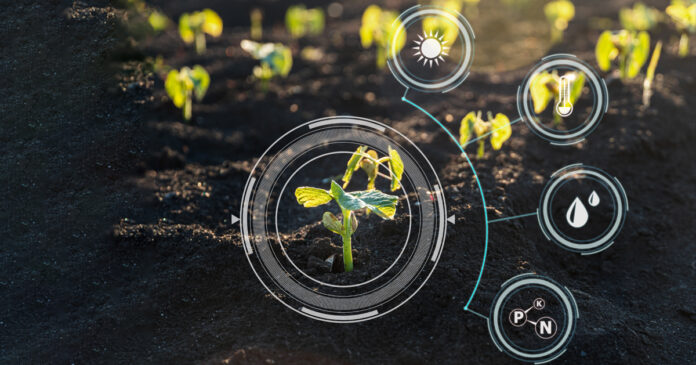Agriculture has always been an important part of human civilization, and with the advancement of technology, it has undergone significant changes over the years. One of the most promising and impactful changes in recent times has been the integration of computer vision into agriculture.
Computer vision is the field of artificial intelligence that focuses on enabling machines to interpret and understand visual data from the world around them. In agriculture, computer vision is used to analyze data from cameras, drones, and other imaging devices to improve crop management and yield optimization.
Here are some of the ways in which computer vision is revolutionizing agriculture:
- Crop monitoring and disease detection: One of the most significant benefits of computer vision in agriculture is its ability to monitor crops and detect diseases. With cameras and drones, farmers can capture images of their fields and use computer vision algorithms to analyze them. These algorithms can identify areas where crops are struggling or identify the early signs of diseases, allowing farmers to take action before it’s too late.
- Soil analysis: Computer vision can also be used to analyze soil samples. By capturing images of soil and using machine learning algorithms, farmers can identify the nutrient content of the soil and make informed decisions about fertilizers and other soil amendments.
- Yield estimation: Computer vision can also be used to estimate crop yield. By analyzing images of crops throughout the growing season, algorithms can predict how much yield a farmer can expect at harvest time. This information is incredibly valuable for planning and forecasting.
- Precision agriculture: Computer vision is a key component of precision agriculture, which involves using data to optimize crop production. By collecting data from sensors and cameras, farmers can analyze everything from soil moisture to temperature and use that information to make precise decisions about when to plant, water, and harvest crops.
- Automated harvesting: Finally, computer vision is being used to develop automated harvesting systems. With cameras and algorithms, machines can identify when fruits and vegetables are ripe and ready to be harvested. This not only reduces the need for manual labor but also ensures that crops are harvested at the optimal time, resulting in higher yields and better quality produce.
In conclusion, computer vision is transforming agriculture in many ways, from crop monitoring and disease detection to precision agriculture and automated harvesting. By enabling farmers to make more informed decisions based on data, computer vision is helping to improve crop management and yield optimization, ultimately leading to a more sustainable and productive agriculture industry.





